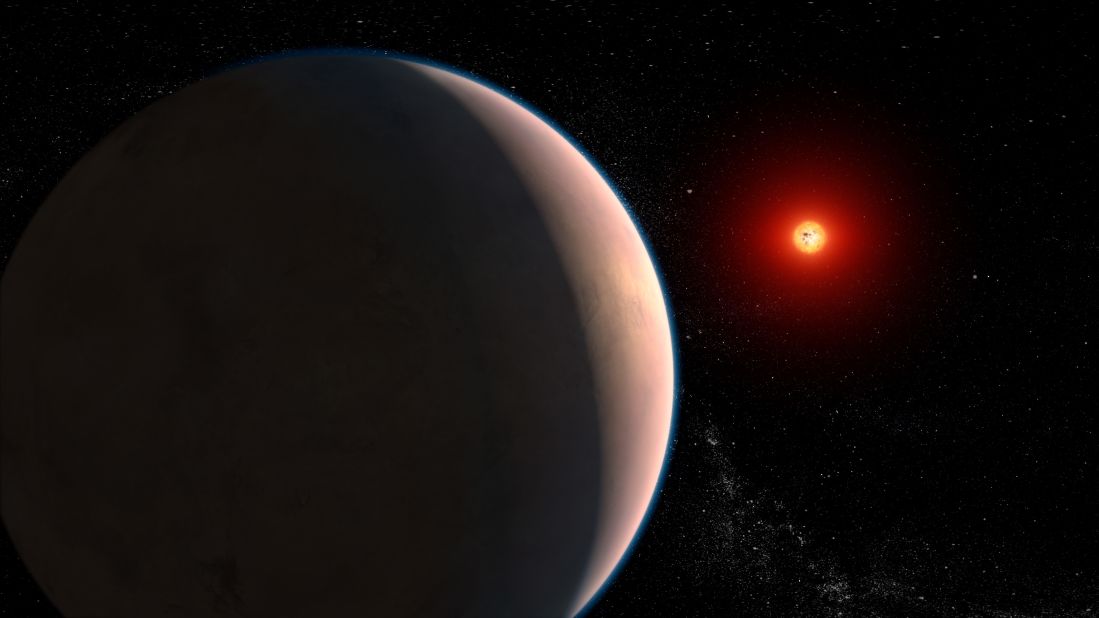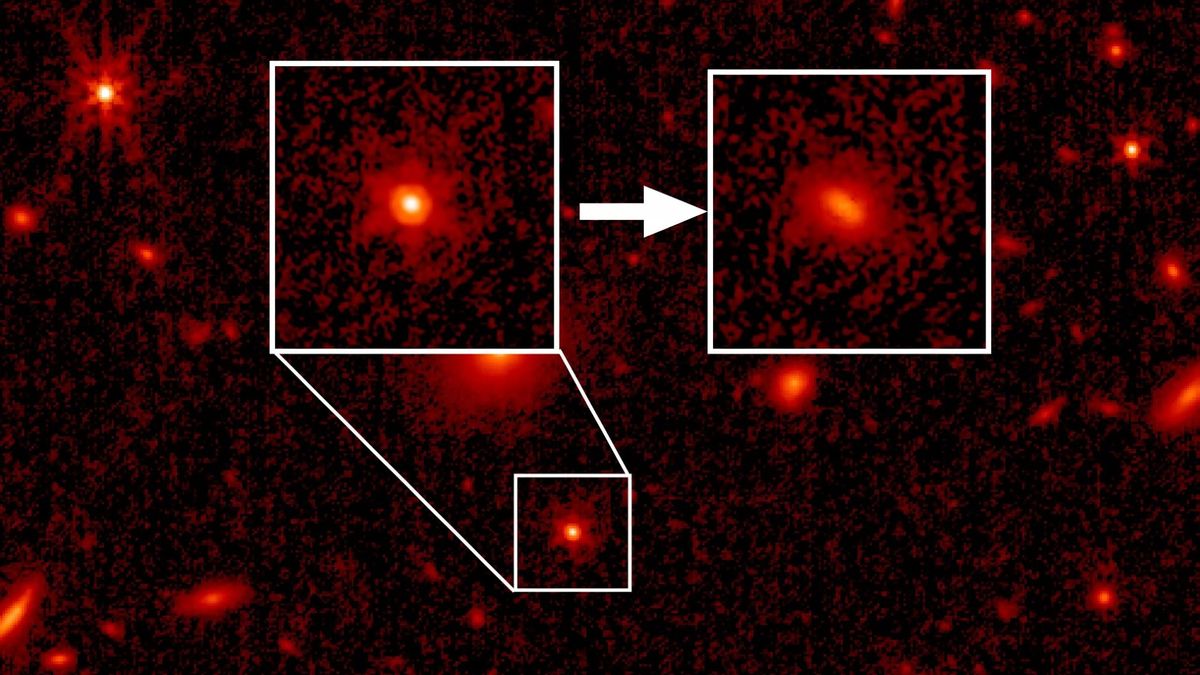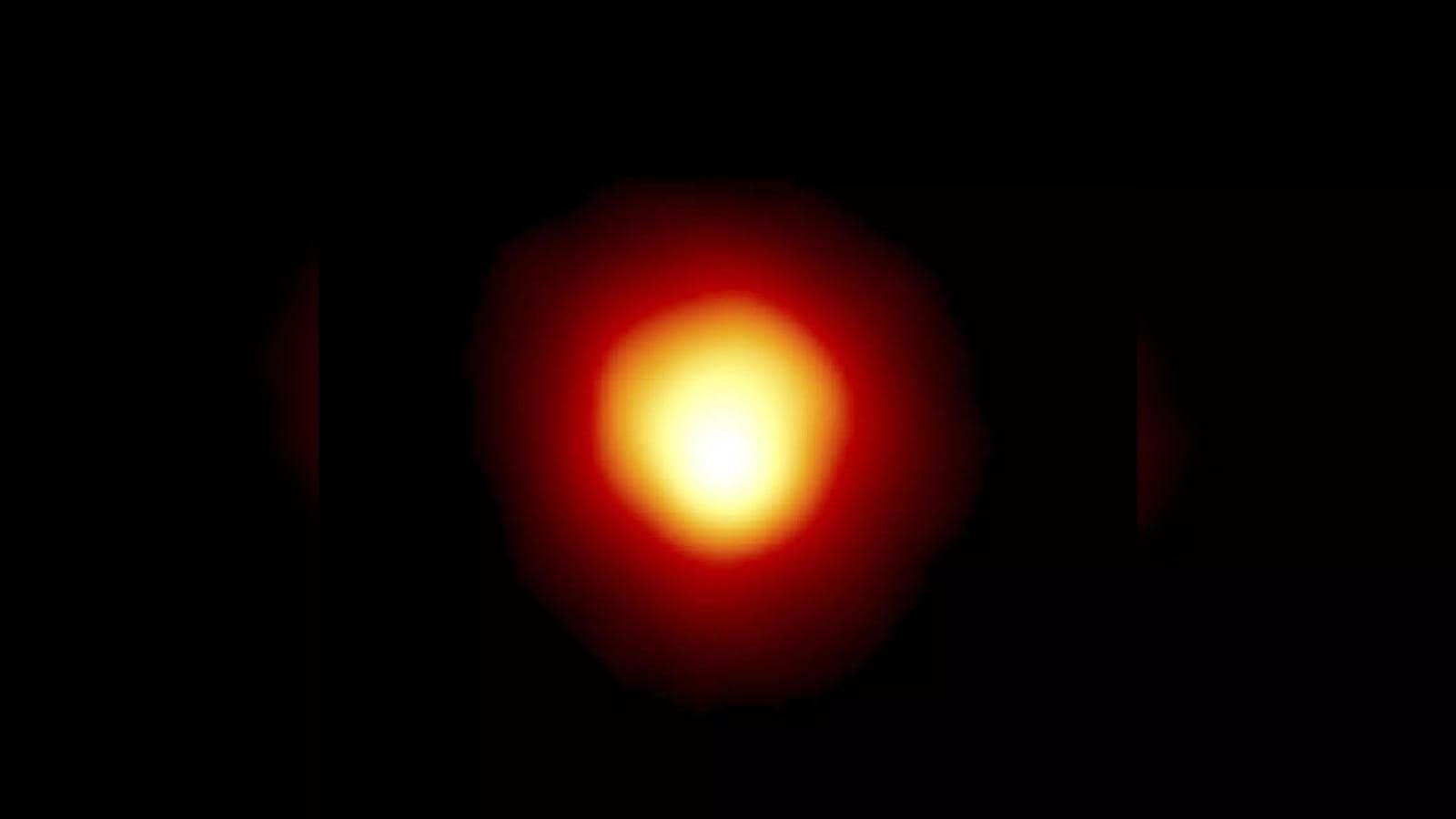Red Giants are large, bright stars with high luminosity, while Red Dwarfs are small, faint stars. These stars differ in size and brightness, impacting their lifespan and characteristics.
Red Giants undergo a phase of expansion and eventual collapse, while Red Dwarfs are stable and long-lived. Understanding the distinctions between these stellar types provides insight into the lifecycle of stars and their significance in the universe. We will explore the differences between Red Giants and Red Dwarfs, delving into their unique features and roles in the cosmos.
By examining these celestial bodies, we can appreciate the diversity and complexity of the stellar population and their impact on the cosmos.

Credit: www.newscientist.com
Size And Mass
Red giants and Red dwarfs are two types of stars categorized based on their size and mass.
Red Giants
- Formed from older stars that have exhausted their fuel.
- Have much larger mass compared to Red Dwarfs.
- Expand in size due to fusion reactions in their cores.
Red Dwarfs
- Smaller and cooler than Red Giants.
- Comprise the most common type of stars in the universe.
- Burn fuel slowly and have long lifespans.
In summary, Red Giants are massive and expanding, while Red Dwarfs are smaller but long-lasting.

Credit: www.cnn.com
Luminosity And Temperature
Luminosity and Temperature: Understanding the differences between Red Giants and Red Dwarfs involves looking at their luminosity and temperature characteristics.
Red Giants
Red Giants are massive stars that have expanded and cooled off over time, causing their surface temperatures to decrease.
Red Dwarfs
Red Dwarfs are smaller stars with lower luminosity and temperature compared to Red Giants.
Life Cycle
In the cosmic realm, the contrast between Red Giants and Red Dwarfs reveals diverse outcomes in stellar evolution. Red Giants expand and glow brightly before fading into white dwarfs, while Red Dwarfs burn steadily for billions of years as main sequence stars, highlighting the rich tapestry of the universe’s lifecycle.
The life cycle of stars is a fascinating concept that sheds light on the evolution and eventual fate of these celestial objects. When it comes to comparing the life cycles of Red Giants and Red Dwarfs, there are notable differences that make each of them unique.Red Giants
Red Giants are massive stars that have exhausted their core hydrogen fuel, causing them to expand and cool down. This phase occurs towards the end of a star’s life cycle. As their core runs out of hydrogen, these stars start to fuse helium into heavier elements like carbon and oxygen. During this phase, Red Giants become incredibly large, with their outer layers expanding and becoming less dense. The increase in size results in a decrease in temperature, giving these stars their distinct red hue. These giant stars can be thousands of times larger than our Sun, making them an awe-inspiring sight in the night sky.Red Dwarfs
On the other hand, Red Dwarfs are much smaller and cooler stars compared to Red Giants. They are the most common types of star in the universe. These stars have a lower mass than the Sun, and their size can be as small as one-tenth of our Sun’s diameter. The life cycle of a Red Dwarf is significantly longer than that of a Red Giant. These stars burn their fuel at a much slower rate, allowing them to have a lifespan that could span billions of years. Despite their relatively dim appearance, Red Dwarfs are known to be stable and can continue to shine for trillions of years. In conclusion, the life cycles of Red Giants and Red Dwarfs differ in terms of size, temperature, and lifespan. While Red Giants are massive, cool stars in the final stages of their lives, Red Dwarfs are smaller, cooler stars that burn their fuel at a much slower rate, making them remarkably long-lived. Understanding these differences provides us with valuable insights into the diverse nature of the universe we inhabit.Energy Source
When it comes to the energy source, Red Giants and Red Dwarfs differ significantly in their source of energy. Red Giants derive their energy from the fusion of hydrogen into helium in their cores, which releases a tremendous amount of energy. On the other hand, Red Dwarfs rely on a slow and steady process of converting hydrogen into helium through nuclear fusion, producing a more sustained but less intense energy output.
Red Giants
Red Giants are massive stars in the late stages of their evolution. These giant stars have exhausted the hydrogen fuel in their cores, leading to the contraction of the core and the expansion of the outer layers. Their energy source is derived from the fusion of helium into heavier elements, such as carbon and oxygen, in addition to hydrogen fusion in a shell surrounding the core.
Red Dwarfs
Red Dwarfs, on the other hand, are small and relatively cool stars that generate energy through the slow fusion of hydrogen into helium in their cores. This process is sustained over a far longer timescale compared to Red Giants, allowing Red Dwarfs to emit a steady stream of energy over billions of years.
Impact On Surrounding Environment
When comparing a Red Giant and a Red Dwarf, the impact on the surrounding environment varies significantly. Red Giants emit immense heat and light, potentially influencing neighboring planets. Red Dwarfs, on the other hand, have a more subtle effect due to their smaller size and lower luminosity.
Impact on Surrounding Environment When considering the Impact on Surrounding Environment, red giants and red dwarfs have distinct effects on their surroundings. Let’s delve into the differences between these two types of stars and their impact on the surrounding environment. “`htmlRed Giants
“` Red giants, characterized by their expanded size and lower surface temperature, impact their surrounding environment in various ways. Their immense size enables them to exhaust their nuclear fuel, leading to a catastrophic event known as a supernova. This explosion can release a surge of energy and radiation, impacting the composition of nearby planets and other celestial bodies. The intense heat and light emitted by red giants can contribute to the alteration of the chemical composition of neighboring celestial objects, potentially fostering the development of complex molecules and organic compounds. “`htmlRed Dwarfs
“` On the contrary, red dwarfs, which are smaller and cooler than other types of stars, have a more subtle impact on their surroundings. Due to their extended lifespan, red dwarfs emit lower levels of radiation and energy, resulting in a milder influence on their neighboring environment. The stability and persistence of red dwarfs offer a conducive environment for the potential development of habitable zones, increasing the likelihood of sustaining life on orbiting planets over extended periods. In conclusion, the impact of red giants and red dwarfs on their surroundings diverges significantly. While red giants possess the capacity for cataclysmic events and can potentially alter the composition of nearby celestial bodies, red dwarfs offer a more stable and hospitable environment, conducive to sustaining life over prolonged periods.
Credit: www.space.com
Observable Characteristics
Observing the characteristics of celestial bodies can provide valuable insights into their nature and behavior. When it comes to red giants and red dwarfs, these stellar objects are both easily distinguishable and fascinating to study. In this section, we will explore the observable characteristics of red giants and red dwarfs to gain a better understanding of their unique attributes.
Red Giants
Red giants are enormous stars in the later stages of their evolutionary cycle. Here are some observable characteristics of red giants:
- Size: Red giants are incredibly massive, with diameters spanning tens to hundreds of times that of our Sun.
- Color: As the name suggests, red giants have a distinct reddish hue, caused by their cooler surface temperatures.
- Brightness: Despite their size, red giants are not very bright compared to other types of stars. They emit lower amounts of light due to their cooler temperatures.
- Atmosphere: The outer atmosphere of a red giant is typically less dense than its core, creating a layered structure. This results in the expansion and puffing up of the star, contributing to its giant size.
Red Dwarfs
On the other end of the stellar classification spectrum, red dwarfs are much smaller and less massive than red giants. Let’s take a closer look at the observable characteristics of red dwarfs:
- Size: Red dwarfs are relatively small stars, typically only a fraction of the size of the Sun.
- Color: Despite being called “red” dwarfs, they can range in color from red to orange to even yellowish. This variation is due to differences in temperature and composition.
- Brightness: Red dwarfs are among the dimmest stars in the universe. They emit significantly less light compared to larger stars like our Sun.
- Lifespan: Red dwarfs have extraordinarily long lifespans, with some expected to burn for trillions of years. This longevity makes them important targets for the search for habitable exoplanets.
By studying these observable characteristics of red giants and red dwarfs, scientists can uncover valuable information about the life cycles of stars, their physical properties, and their impact on the surrounding galactic environment.
Frequently Asked Questions For Red Giant Vs Red Dwarf
What Is The Main Difference Between Red Giants And Red Dwarfs?
Red giants and red dwarfs differ in their size, mass, and stage of evolution. Red giants are large, aging stars that have exhausted their core hydrogen, while red dwarfs are small, young stars that generate energy through nuclear fusion.
How Do Red Giants And Red Dwarfs Impact The Universe?
Red giants and red dwarfs play crucial roles in the universe’s evolution. Red giants contribute to the process of stellar nucleosynthesis, creating heavier elements essential for life. Red dwarfs, due to their long lifespan, are potential hosts for habitable exoplanets and may foster conditions for life to emerge.
What Are The Distinct Characteristics Of Red Giants And Red Dwarfs?
Red giants are characterized by their swollen size, reddish hue, and eventual shedding of outer layers as they evolve. On the other hand, red dwarfs are smaller, cooler, and have significantly longer lifespans, contributing to the majority of stars in the universe.
Are There Any Observable Differences Between Red Giants And Red Dwarfs?
Yes, red giants are often visible to the naked eye due to their large size and intense luminosity. Red dwarfs, on the other hand, are faint and challenging to observe directly from Earth without the aid of telescopes or other advanced astronomical instruments.
Conclusion
The comparison between Red Giants and Red Dwarfs has shed light on their contrasting characteristics and significance in our universe. While Red Giants are massive and short-lived, Red Dwarfs are smaller and have a longer lifespan. This understanding of these stellar objects contributes to our comprehension of the cosmic environment and the diversity of celestial bodies that exist.
The exploration of such celestial objects continues to intrigue and expand our knowledge of the vast cosmos.



